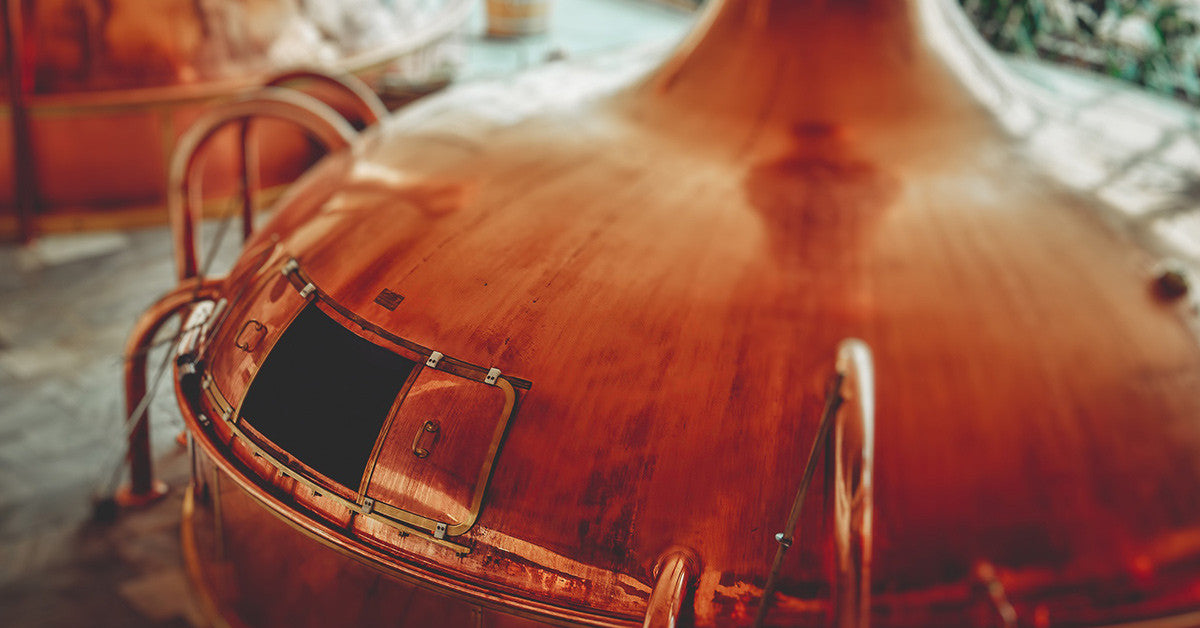Designed in Canada. built for serious brewers.

The Brewing Process
January 29, 2017 4 min read
Brewing Beer is Like Cooking but Better
People love beer. Beer has been brewed in one way or another for the last 3,900 years and, if the recent explosion in home and craft brewing is any indication, will continue to be brewed for another 3,900 years (at least). Beer brings people together, crossing social boundaries and continents to provide humans with a beverage that can be enjoyed by people from all walk of life. Although literally billions of people around the world enjoy beer, most people only have a brief idea of how beer is made. Considering that we are a home brewing equipment supplier, we think that this needs to change. In today’s post, we are going to give a simple overview of the beer making process and we hope that by the end of it you will have a better idea of what making beer entails.
Beer is Water...Mostly
While recent years have seen a wide variety of ingredients used in the beer making process, there are really only four ingredients that are needed to make beer: water, hops, barley, and yeast. These four ingredients are essential to the beer making process and, if one is missing, the beer being brewed will not turn out as it should. With these ingredients in mind, let’s go over the steps of the brewing process.
After fermentation is completed, the beer is conditioned to allow the yeast to work through any off flavors that may have cropped up during the fermentation process. After the conditioning process is over, the brewer will once again strain the beer to remove the yeast (well, sometimes. More on that later). Once strained, the beer is placed in bottles, cans, or kegs, carbonated, and, finally, is ready to be consumed.
When you’re ready to tackle your next homebrew project, visit Brau Supply’s website. We have the essential homebrew systems you need to make the best beer possible. Our all-in-one homebrew systems allow you to produce beer at a professional level of quality right in your own home. To learn more about our home brew systems, visit our website today.
More articles how to brew beer
The ultimate guide to Kveik yeast: Unleashing it's fermentation potential
Revolutionizing home brewing: The simplified art of no sparge brewing
Exploring amber ales: A guide with a twist on the traditional recipe
Mastering cold crashing: Enhancing beer clarity and accelerating the aging process
What is the basic function of the fermenter?
What causes a fermenter to heat up?
The art of lagering: A guide to perfecting the cold conditioning process
Troubleshooting fermentation problems in brewing: A comprehensive guide
Subscribe
Sign up to get the latest on sales, new releases and more …


